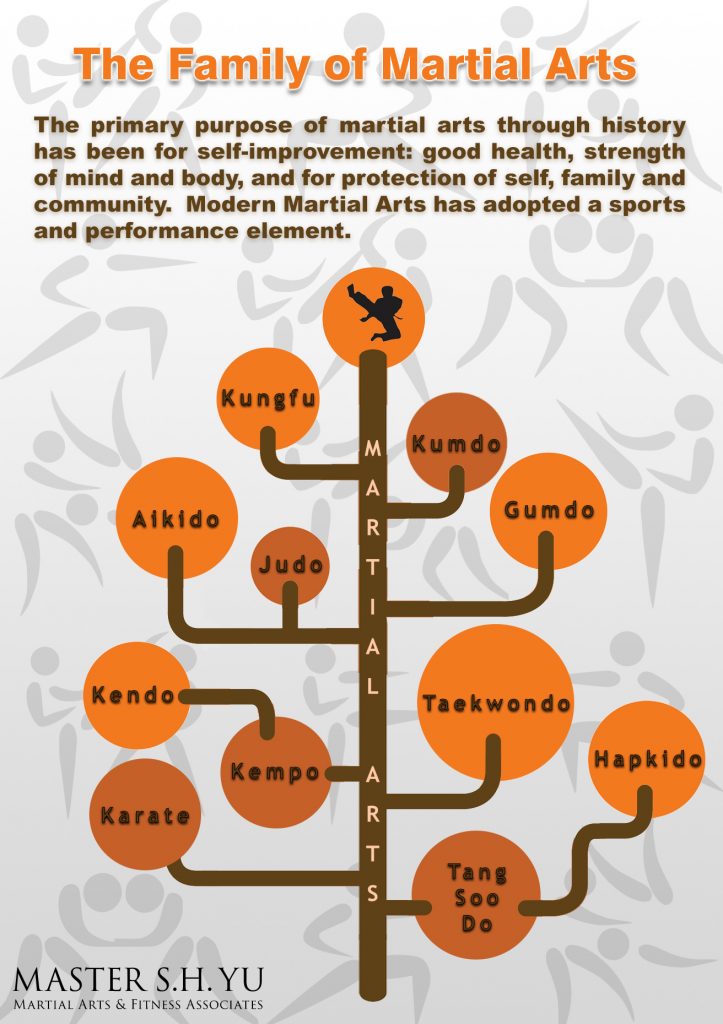Grasping The Art Of Taekwondo: A Guide To Types And Their Importance
Grasping The Art Of Taekwondo: A Guide To Types And Their Importance
Blog Article
Created By-Nicolajsen Brewer
Did you understand that there more than 20 various taekwondo types, each with its very own unique sequence of motions and methods? These kinds, likewise called poomsae, play an essential function in the method and advancement of taekwondo practitioners.
Yet exactly what are these kinds, and why are they so considerable? In this discussion, we will discover the fundamentals of taekwondo types, their beginnings, and the key elements that make them an indispensable part of this fighting style.
Whether visit the site 're a beginner or a skilled professional, understanding the value of taekwondo kinds will deepen your recognition for this old method and enhance your journey in the direction of proficiency.
Beginnings and Advancement
The beginnings and advancement of Taekwondo can be traced back to old martial arts techniques in Korea. It was established over 2,000 years ago and has actually since turned into a preferred and internationally identified sporting activity.
Taekwondo was heavily influenced by numerous Oriental fighting styles designs, such as Taekkyon and Subak, in addition to Chinese martial arts. It was initially made use of as a way of protection, yet over time, it progressed into a competitive sport that concentrates on striking methods and high kicks.
In the 20th century, Taekwondo underwent a significant makeover and was standardized right into its contemporary type. The Korea Taekwondo Organization played an important duty in this process, aiding to establish regulations, strategies, and creates that are still followed today.
Crucial Element and Methods
Now let's check out the essential elements and methods of Taekwondo. To completely understand the key elements and methods, it is essential to dive much deeper right into the complying with subtopics:
- Positions: Taekwondo emphasizes the right use stances, such as the front position, back stance, and horse position. These positions supply security, balance, and power in executing numerous methods.
- Strikes and Kicks: Taekwondo is renowned for its effective and vibrant kicks, consisting of the front kick, roundhouse kick, and side kick. Strikes, such as strikes and knifehand strikes, are also crucial strategies in Taekwondo.
- Blocks and Defense: Efficient defense is critical in Taekwondo. Blocks, such as the high block and reduced block, are made use of to protect versus incoming strikes. Correct timing and positioning are crucial to efficiently defending oneself.
Advantages and Effect
Among the considerable advantages of practicing Taekwondo is the enhancement of fitness and overall health. By taking part in routine training sessions, you can boost your cardio health, toughness, flexibility, and endurance. Taekwondo entails a range of activities that target different muscle mass teams, aiding you develop a solid and toned body.
Additionally, this fighting style promotes psychological well-being by minimizing tension and anxiety degrees. The technique and focus needed in practicing Taekwondo can help improve your focus and improve your capacity to deal with difficult circumstances.
Furthermore, the practice of Taekwondo infuses a sense of confidence, self-control, and self-discipline, which can favorably impact different locations of your life. In general, exercising Taekwondo can bring about a much healthier and extra well balanced way of life.
Final thought
So there you have it! Taekwondo kinds aren't simply simple routines, but a depiction of the rich background and advancement of this fighting style. By mastering the key elements and strategies, specialists can gain numerous physical and psychological benefits.
From enhanced flexibility and stamina to improved emphasis and discipline, taekwondo forms have a lasting effect on those who exercise them.
So, whether you're a beginner or an experienced martial artist, accept the power of these kinds and let them take you on a journey through time.
